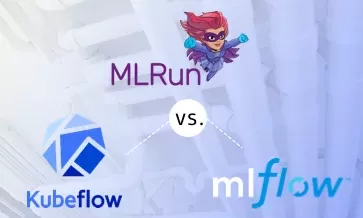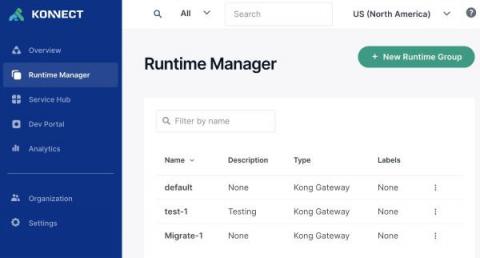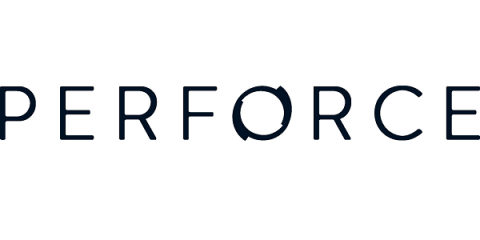Dataflow Programming with Apache Flink and Apache Kafka
Recently, I got my hands dirty working with Apache Flink®. The experience was a little overwhelming. I have spent years working with streaming technologies but Flink was new to me and the resources online were rarely what I needed. Thankfully, I had access to some of the best Flink experts in the business to provide me with first-class advice, but not everyone has access to an expert when they need one.










